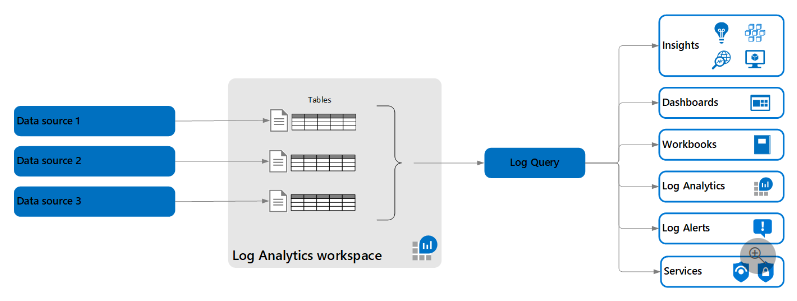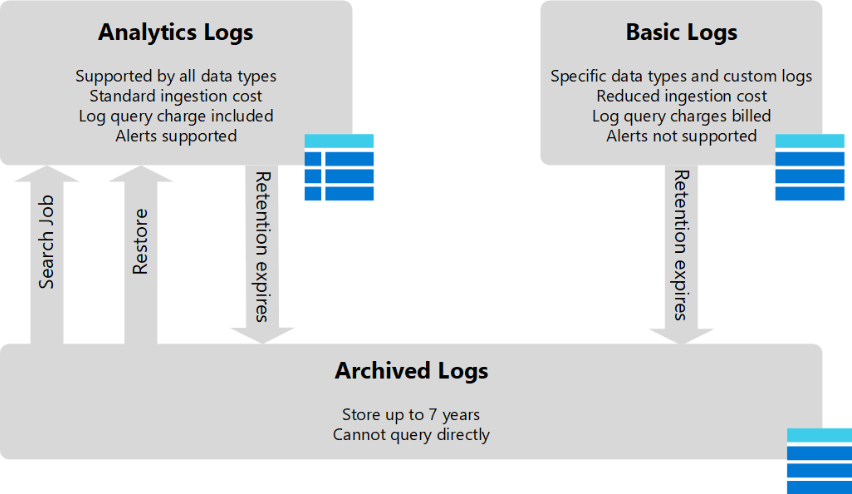With the exponential growth in data, organizations rely on the limitless compute, storage, and analytical power of Azure to scale, stream, predict, and see their data. IP Systems Solutions analytics reports turn volumes of data into useful business intelligence (BI), such as reports and visualizations, and inventive artificial intelligence (AI), such as forecasts based on machine learning.
Whether your organization is just starting to evaluate cloud-based analytics tools or is looking to expand your current implementation, IP Systems Solutions is ther to provide support.
The workflow starts with learning about common approaches and aligning processes and roles around a cloud mindset along with IP Systems Solutions.
Data can be processed in batches or in real-time, on-premises or in the cloud, but the goal of any analytics solution is to make use of data at scale. Increasingly, organizations want to create a single source of truth for all the relational and nonrelational data being generated by people, machines, and the Internet of Things (IoT). It's common to use a big data architecture or an IoT architecture to transform raw data into a structured form, then move it to an analytical data store. This store becomes the single source of truth that can power a multitude of insightful analytics solutions.
IP Systems Solutions implements an exclusive Log Analytics workspace for each client. A Log Analytics workspace is a unique environment for log data from Azure Monitor and other Azure services, such as Microsoft Sentinel and Microsoft Defender for Cloud. Each workspace has its own data repository and configuration but might combine data from multiple services.
Each workspace contains multiple tables that are organized into separate columns with multiple rows of data. Each table is defined by a unique set of columns. Rows of data provided by the data source share those columns. Log queries define columns of data to retrieve and provide output to different features of Azure Monitor and other services that use workspaces.

There's no direct cost for creating or maintaining a workspace. You're charged for the data sent to it, which is also known as data ingestion. You're charged for how long that data is stored, which is otherwise known as data retention. IP Systems Solutions monitoring and archiving such data with N/C to the clients.
Data collection rules (DCRs) that define data coming into Azure Monitor can include transformations that allow you to filter and transform data before it's ingested into the workspace. Since all data sources don't yet support DCRs, each workspace can have a workspace transformation DCR.
Transformationsin the workspace transformation DCR are defined for each table in a workspace and apply to all data sent to that table, even if sent from multiple sources. These transformations only apply to workflows that don't already use a DCR. Azure Monitor agent uses a DCR to define data collected from virtual machines. This data won't be subject to any ingestion-time transformations defined in the workspace.
IP Systems Solutions run diagnostic settings that send resource logs for different Azure resources to your workspace. You can create a transformation for the table that collects the resource logs that filters this data for only records that you want. This method saves you the ingestion cost for records you don't need. You might also want to extract important data from certain columns and store it in other columns in the workspace to support simpler queries.
Data in each table in a Log Analytics workspace is retained for a specified period of time after which it's either removed or archived with a reduced retention fee. IP Systems Solutions sets the retention time to balance your requirement for having data available with reducing your cost for data retention.

2025 IP Systems Solutions - All Rights Reserved.